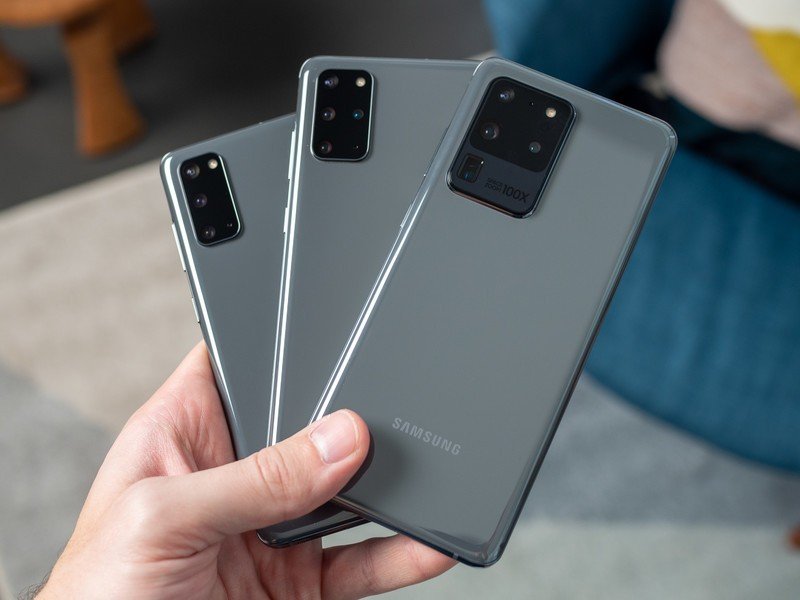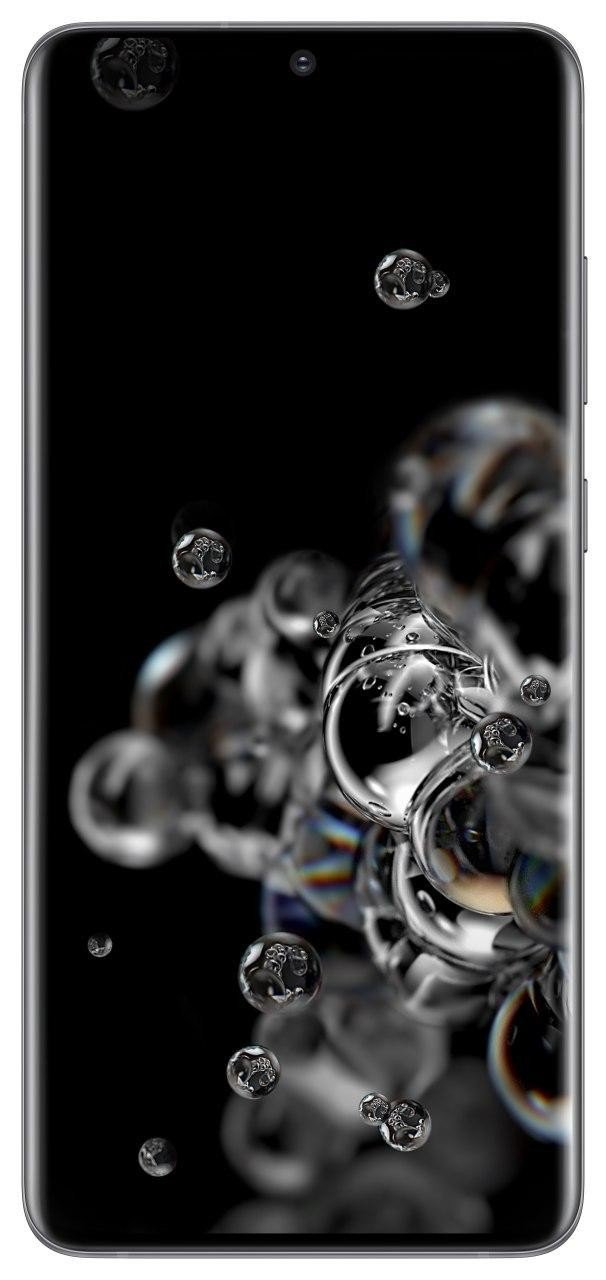The Galaxy S20 Ultra can have up to 16GB of RAM — but why?

I'll cut right to the chase for all the people who love to read headlines then skip the text: you do not need 16GB of RAM in the Samsung Galaxy S20 Ultra, but if you are willing to pay for it, there's no harm done by having it there.
16GB of LPDDR5 RAM. S-I-X-T-E-E-N.
Now, on to the why.
In case you're staring in disbelief, you read everything correctly — you can buy a Samsung Galaxy S20 Ultra with 16GB of Low-Power DD5 RAM. Heck, the base model comes with 12GB of RAM, which is equally overkill and for the same reasons. But is it really overkill? Yes, unless you do a very specific thing that we'll talk about once we explore this a bit.
How RAM is used in your phone

Your phone comes from the factory with a specific amount of RAM in it and there is no way you can increase it. That means how it's allocated and how much is there to begin with can be important.
When you turn your phone on, the amount of RAM that's inside it is not the same as the amount you get to use because a portion of it is reserved by other very important things: the kernel, the radio, and the GPU.
Certain processes and requirements of your phone get the first crack at the onboard RAM in order to run.
This is the same as any computer. The operating system doesn't matter (Windows, iOS, macOS, and Android all have a kernel to direct hardware traffic) and if you have onboard graphics and Wi-Fi or Bluetooth, your computer is booting up with less free RAM that the amount that's actually inside it.
For the most part, this never made a difference on a smartphone until you started installing apps. Your phone shipped with 6GB of RAM, and after it was booted up you had about 2.75-3GB left to run everything. That was plenty to run the apps you used every day.
Get the latest news from Android Central, your trusted companion in the world of Android
Then, the apps started getting bigger and bigger and wanted to stay running even when you exited them. Eventually, we saw apps getting kicked out of RAM so there was room to run a new app. As an example, it takes about 1GB of RAM to run Android 10 without any issues. It takes about 3GB of RAM once you install Fortnite or Asphalt, two very popular games.
Android games have huge file sizes and take a huge amount of RAM to run. In some cases, more than Android itself.
The amount of RAM does not make apps run better, make your phone run smoother, improve your connection, or do anything magical. It only decides how many apps you can run at one time. That's because apps that you're not using but are still alive and awake are using the same amount of RAM as they would if they were on your screen. And even if an app is coded well and goes into a sort of "hibernation" when you swipe away, it's still using RAM to save its state so you can pick up back where you left off.
Realistically, even with some of the memory hogging games on the Play Store, you can get by just fine with 8GB of RAM. If you don't install any memory hogs, you can get by with 6 or even 4GB. But you probably will install memory hogs, and since most flagship phones ship with more than 4GB, most popular apps are now memory hogs. I'm looking at you, Facebook, Twitter, and Instagram.
What extra RAM is good for

App pinning and/or bragging rights. That's it.
If you're not sure what app pinning is, it means you can tell a phone to never ever kick a specific app out of memory. And it's a feature on modern Samsung phones.
What 16GB of RAM does is let me or you pin a buttload of apps to stay in memory so they are available at an instant and still leave some RAM free to open and run other apps.
PIN ALL THE APPS! With 16GB of memory, you probably can.
People do this because opening an app on a phone can seem like it takes an eternity. That's not because of RAM, though. It's because the kernel and the CPU need to kill enough apps to free the memory that is required to open. This is an intensive process, and even the very latest Snapdragon processor needs a bit of time to do this. We want things to happen instantly, and pinning an app makes it pop open in an instant.
With 16GB of RAM, you can pin a bunch of apps. Maybe you want to pin 10GB worth of games, or pin all your social apps and still have enough RAM to swap a 64MP photo in and out of memory while editing it. Or, I dunno, maybe you want to pin every app that lets you order food at 1 a.m. It's your phone and you can pin whatever apps you like.
By having 16GB of RAM, you can probably pin every app you use on a daily basis and still have plenty left over.
As for the bragging rights, Samsung wants to say it has a phone with 16 GB of RAM and it loves knowing that some people also want to say they have a phone with 16GB of RAM, whether they need it or not.

Only for the spec and feature enthusiasts
With the Galaxy S20 Ultra, you get every last bit of Samsung's latest innovations, with even more RAM. With 16GB of memory and the latest Snapdragon 865 processor, performance on the S20 Ultra is outstanding. Just be prepared to spend a lot of cash.

Jerry is an amateur woodworker and struggling shade tree mechanic. There's nothing he can't take apart, but many things he can't reassemble. You'll find him writing and speaking his loud opinion on Android Central and occasionally on Threads.
